Through the International Regional Law and Access to Justice in Latin America programme, GIZ is promoting human rights and the rule of law in Colombia, Costa Rica, Ecuador and Mexico. Implemented on behalf of the German Federal Ministry for Economic Cooperation and Development (BMZ), the programme provides training for judges and legal actors, for example. Groundbreaking cases are processed and made available to a wider audience.
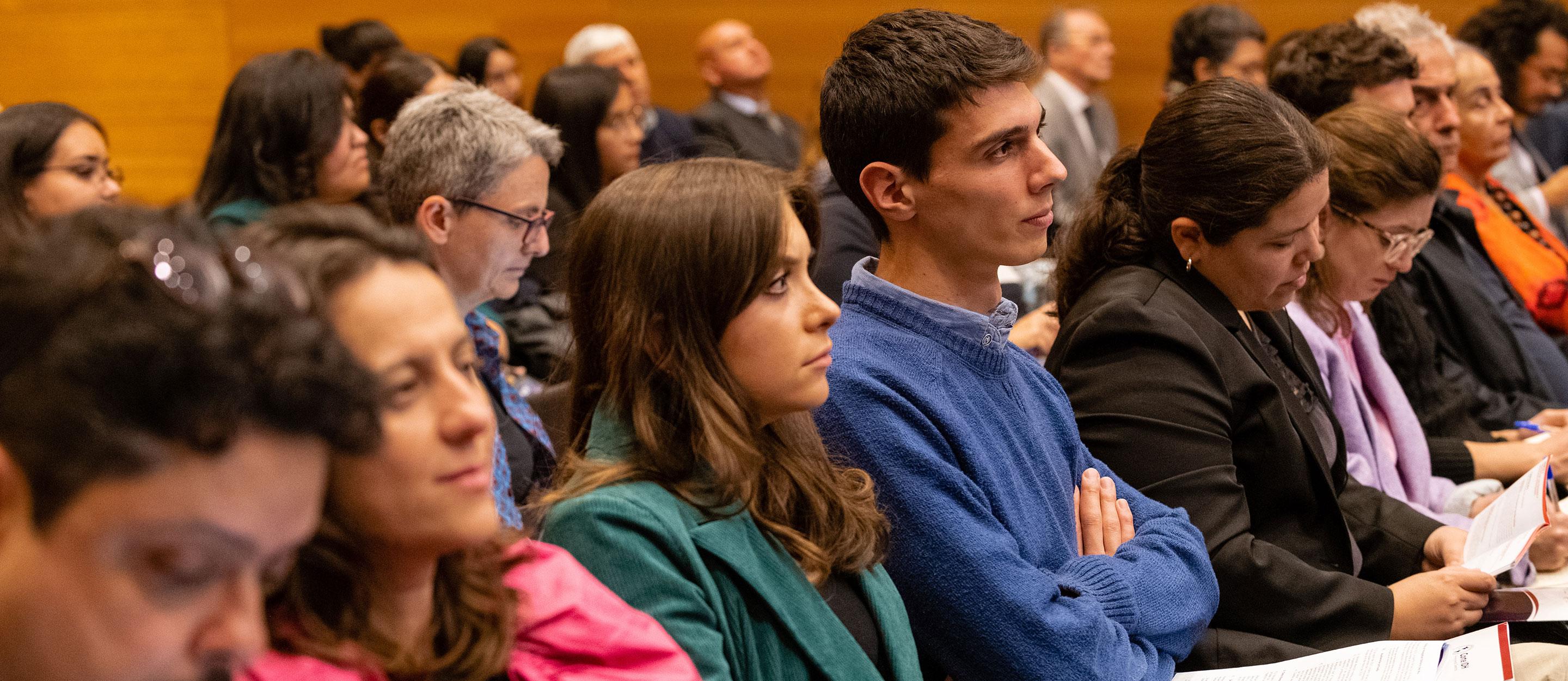 CorteIDH / Flickr CC BY-SA 2.0
CorteIDH / Flickr CC BY-SA 2.0
‘Keeping future generations in mind’
An interview with Eduardo Ferrer Mac-Gregor Poisot, Vice President of the Inter-American Court of Human Rights – on climate change, human rights, nature and a common understanding across continents.
Human rights and the environment: is the Inter-American Court of Human Rights (Corte Interamericana de Derechos Humanos, IDH) a pioneer in this area?
It certainly is. Many national as well as international courts have had to address this subject. But Corte IDH will be the first international court of human rights to rule on the climate emergency. The European Court of Human Rights is currently also involved in three cases on this, but all three are disputes. We are going one step further with an advisory opinion, which was jointly requested by Chile and Colombia in early 2023. The court will examine how the climate emergency will affect future generations. Unfortunately, I cannot say more as it’s a pending case. But the court has never issued an interpretation on anything like this before.
Is the role of the judiciary becoming more important as a whole for human rights and environmental protection?
Yes, this is partly due to international treaties such as the Escazú Agreement, which came into force in 2021. The agreement strengthens the links between human rights and environmental protection. For example, it obligates member states to ensure protection for environmental activists. For states that have ratified the agreement, its rights and obligations are binding and justiciable, that is to say, enforceable before independent courts.
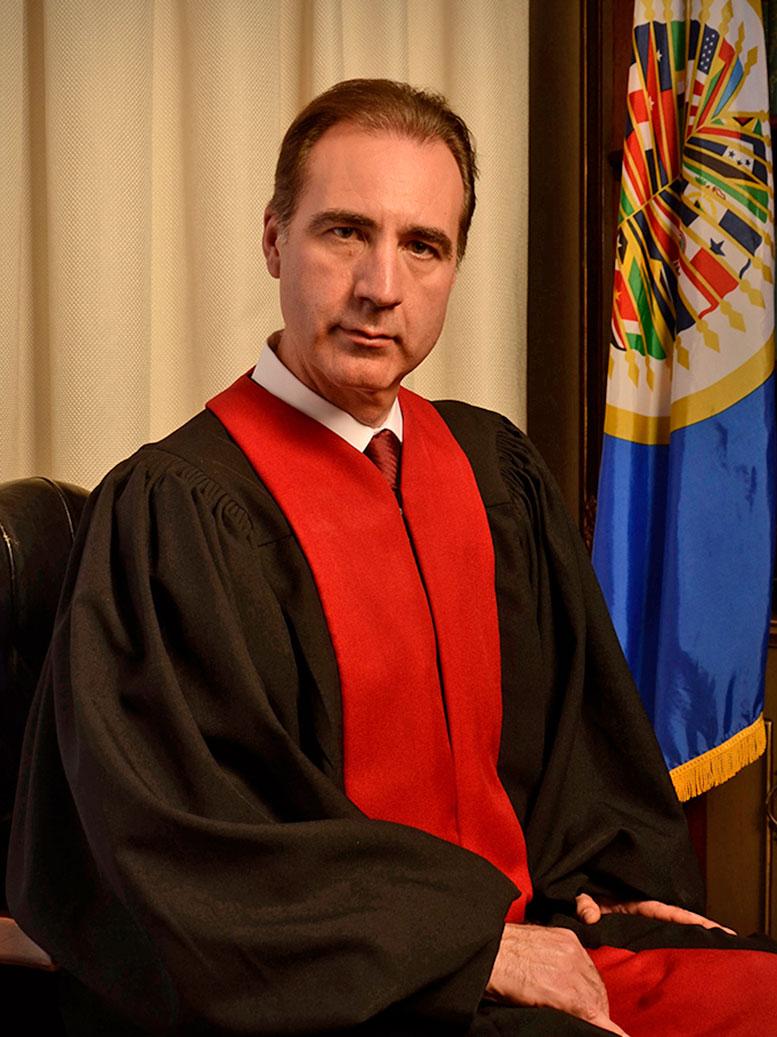 corteidh.or.cr
corteidh.or.cr
Eduardo Ferrer Mac-Gregor Poisot, Vice President of the Inter-American Court of Human Rights
‘Our court will be the first international court of human rights to rule on the climate emergency.’
What about the legal status of nature?
The legal status of nature is constantly evolving. In an advisory opinion from 2017, Opinión consultiva 23, the Inter-American Court indicated for the first time that the human right to a healthy environment has a dual dimension: the individual dimension, with which we are familiar, but also a collective dimension, which requires us to take future generations into account. In other words, how might today’s actions impact people in the future? The deterioration of environmental conditions is leading to irreparable damage for humans and the environment; this in turn impacts the existence of humankind. Corte IDH has found that the rights of nature are being recognised constitutionally in the region more and more – Mother Nature as a legal entity, if you will.
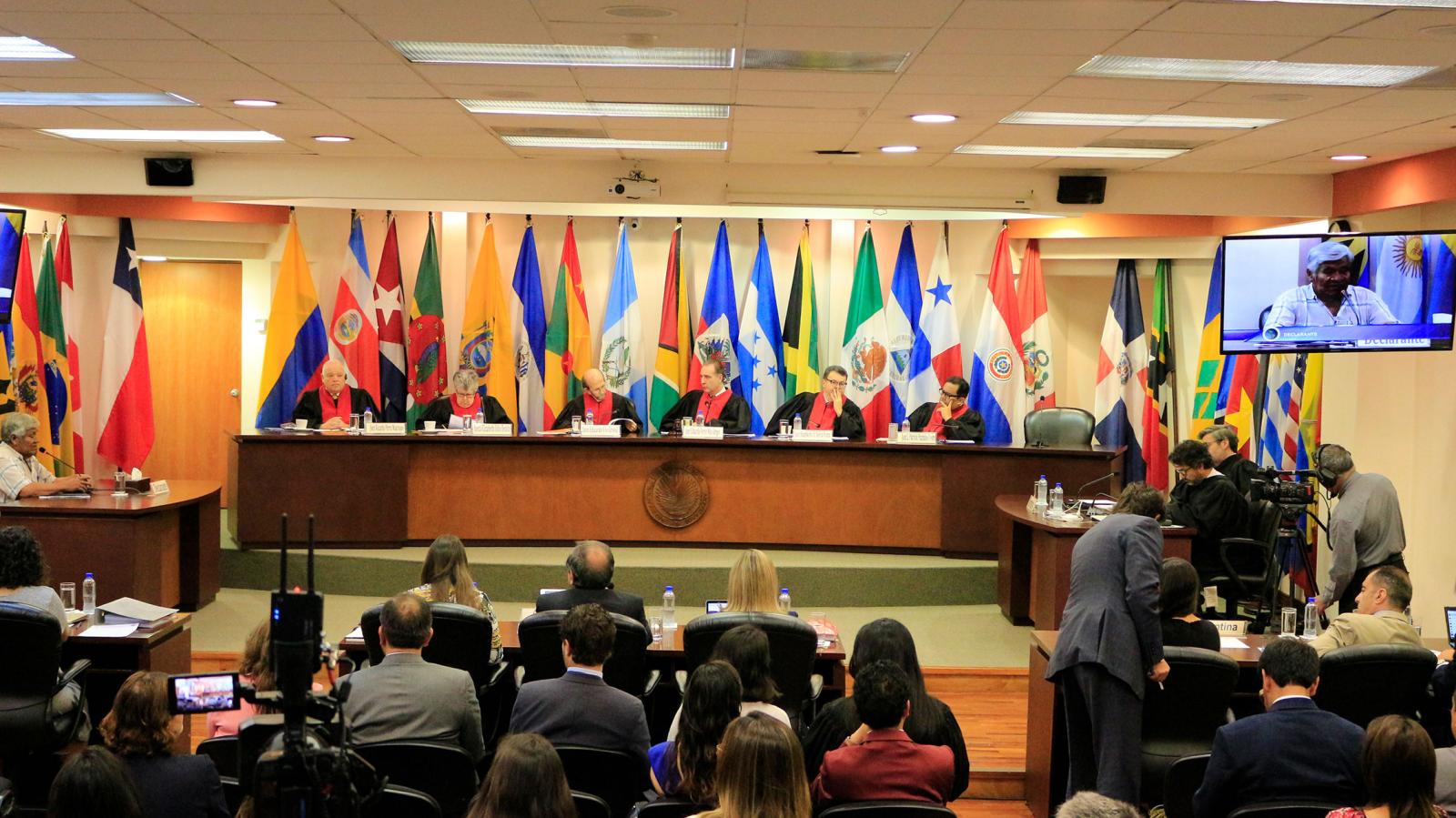 CorteIDH/Flickr CC BY-SA 2.0
CorteIDH/Flickr CC BY-SA 2.0
The 2020 ruling in the Lhaka Honhat v Argentina case saw the Argentine state condemned for violating the rights of indigenous people. It has since been cited in other climate and environmental litigation cases in Latin America.
In 2020, Corte IDH held Argentina accountable for human rights violations against indigenous communities. What kind of message did that send?
This ruling can be seen as a milestone. In the case of the indigenous organisation Lhaka Honhat against the Argentinian state, the court held that there had been a direct violation of the right of an indigenous community to a healthy environment. It also enshrined the right to cultural identity, food and water.
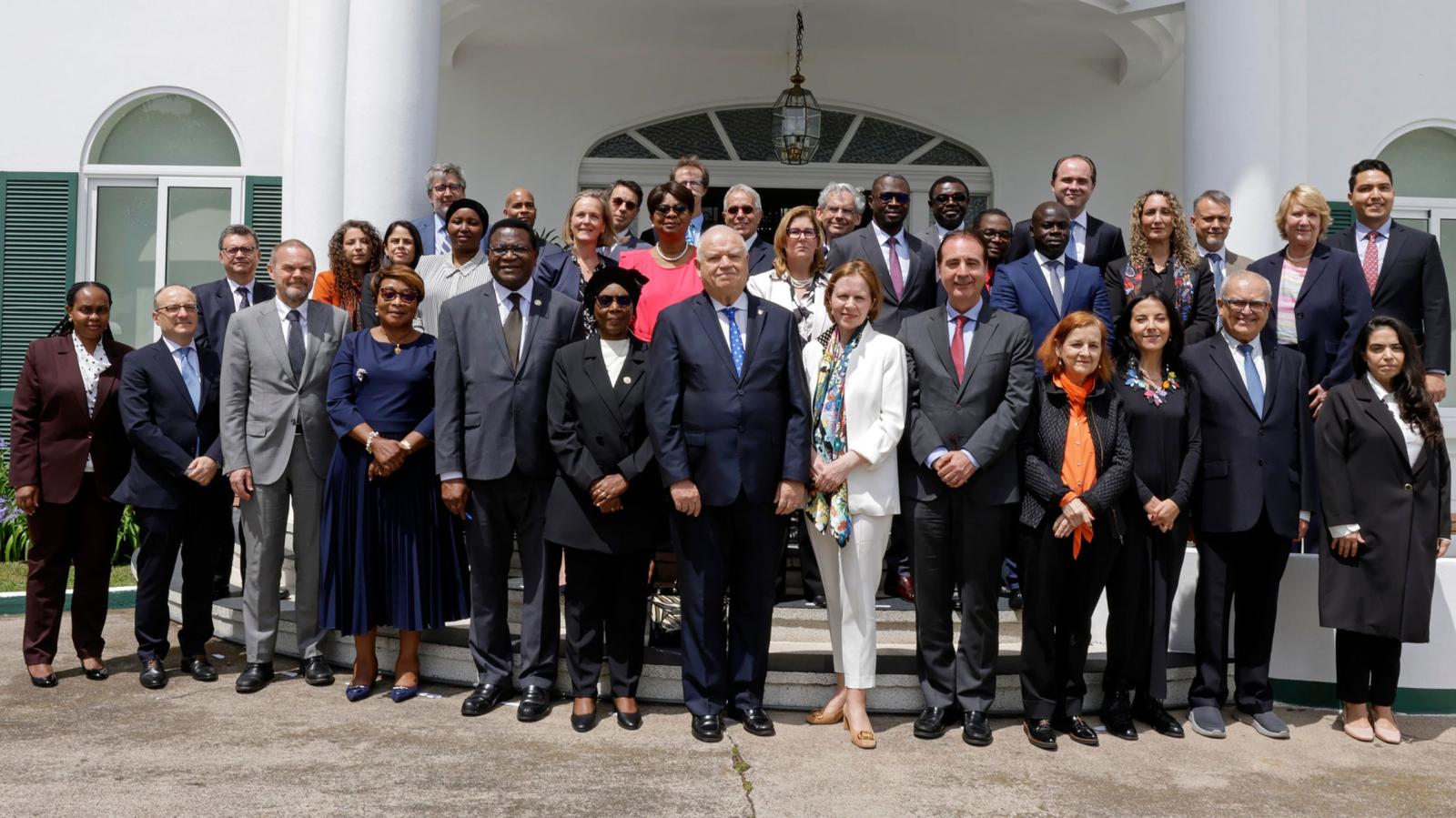 GIZ
GIZ
Cooperation across continents: Meeting of the three regional human rights courts in San José, Costa Rica in 2023
The other regional human rights courts also address the environment, nature and climate change. A forum of the three courts has now been established. What form does this cooperation take?
We met with the European Court of Human Rights and the African Court on Human and Peoples’ Rights for the first time in 2018. We signed an agreement to set up a permanent forum for dialogue. Since then, we have held regular meetings at the various locations. The most recent meeting took place a few months ago in Costa Rica. Over the course of two days, we discussed topics that are of great concern to all three courts: the independence of the judiciary and climate change. We also publish an annual bulletin outlining the key decisions of the three courts. And not least, there are the reciprocal visits by judges to the other tribunals. These are crucial because we are dealing with the same issues everywhere. And yes, one of the most important of these is climate change.
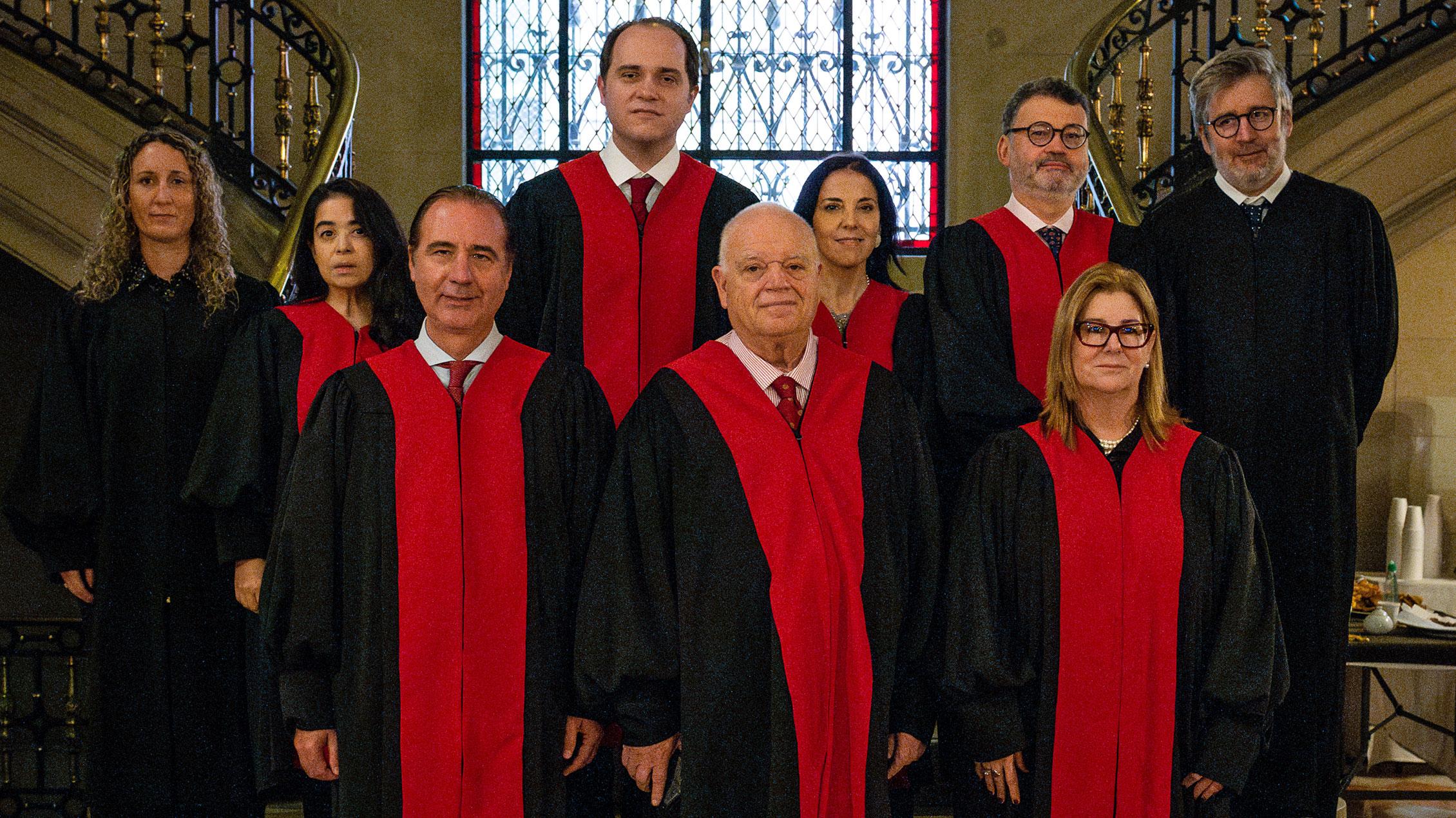 CorteIDH / Flickr CC BY-SA 2.0
CorteIDH / Flickr CC BY-SA 2.0
GIZ has been working with Corte IDH on Germany’s behalf for some time. How important is this cooperation?
It is important to the court. Unlike our colleagues in Strasbourg, we are not full-time judges. We don’t live in Costa Rica, we just take part in meetings there a few times a year. The money that the court receives from the budget of the Organization of American States is not enough. So, in this respect, German cooperation is vital. In particular, it also allows us to hold meetings outside Costa Rica. We travel to other countries in the region twice a year, so that people can see how we work and that we have a close connection with them. GIZ also provided support in setting up the dialogue forum of the three human rights courts.
Are there any other aspects?
We shouldn’t forget information and communications technology. In cooperation with GIZ, we have been able to modernise a great deal here. Judgments and advisory opinions can be disseminated more easily using the digital documentation tool Digesto Themis. We now also produce brochures with texts that are easier to understand. And GIZ has recently also had a hand in making the courthouse a greener place to work. Electricity is now generated by our own solar panels, and we have also purchased electric vehicles. We are now the first green court in the Americas.
More on the topic: